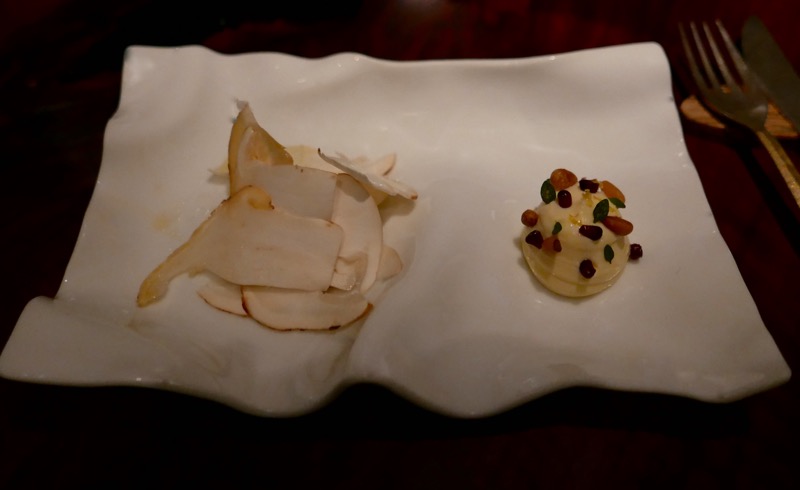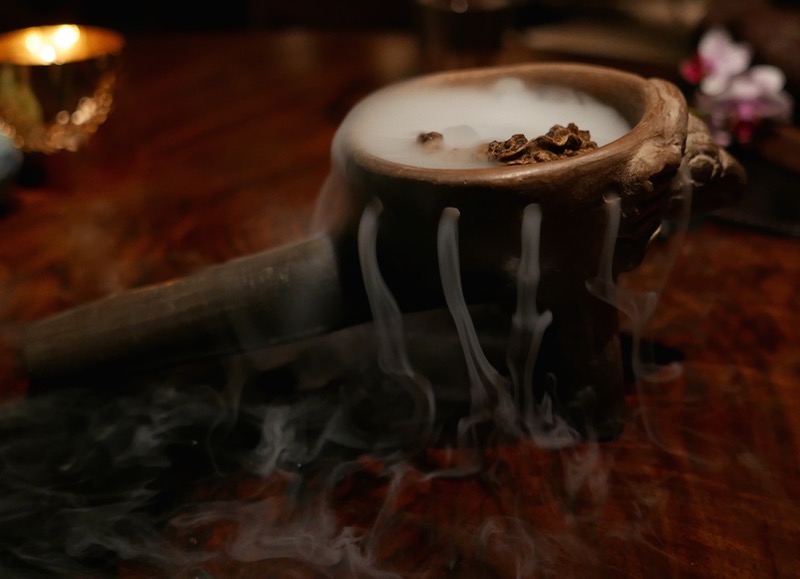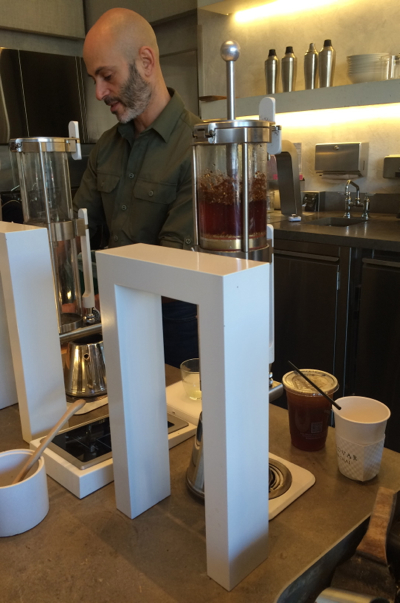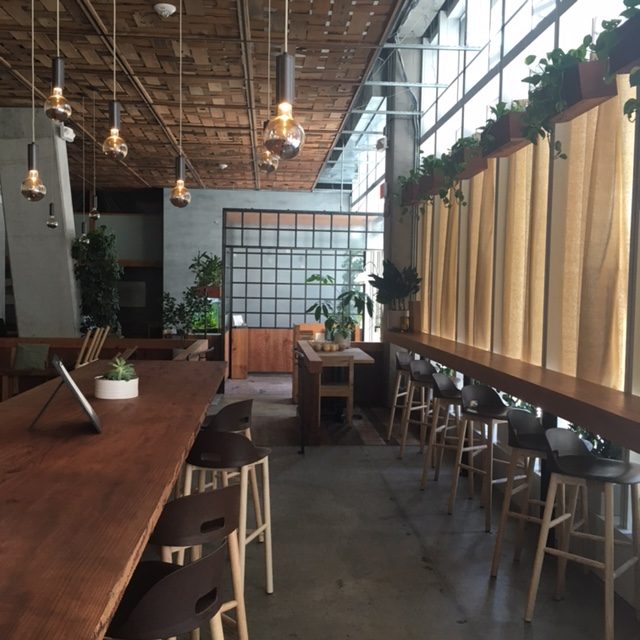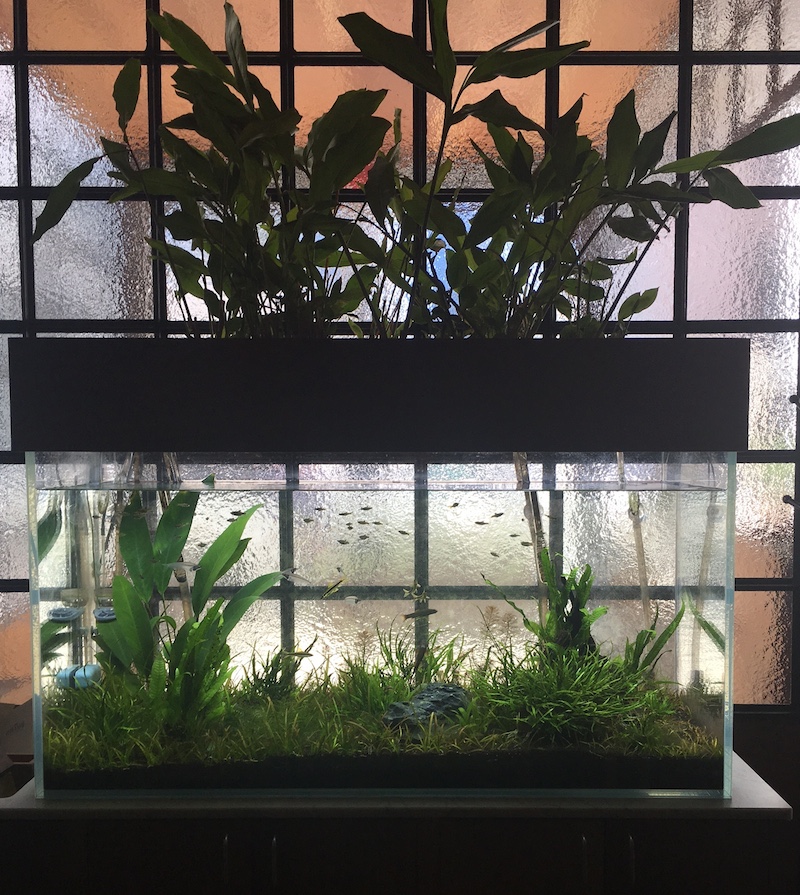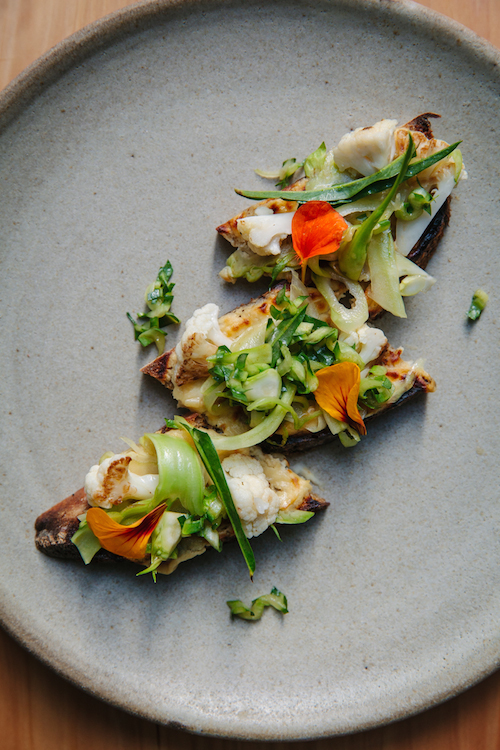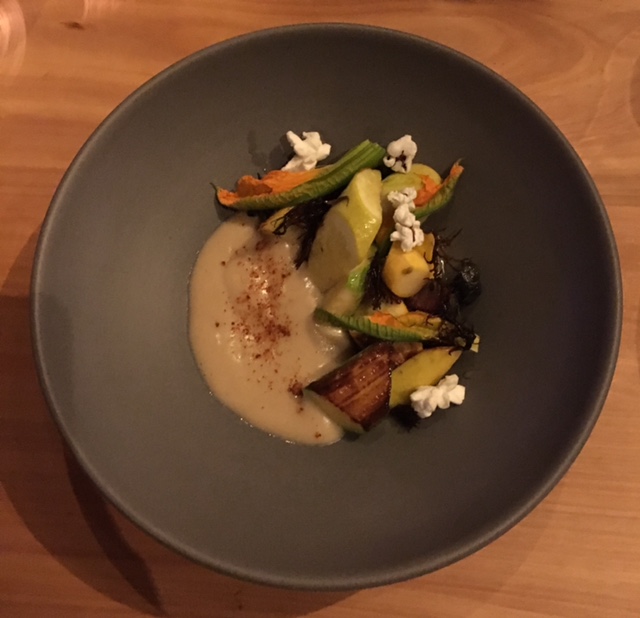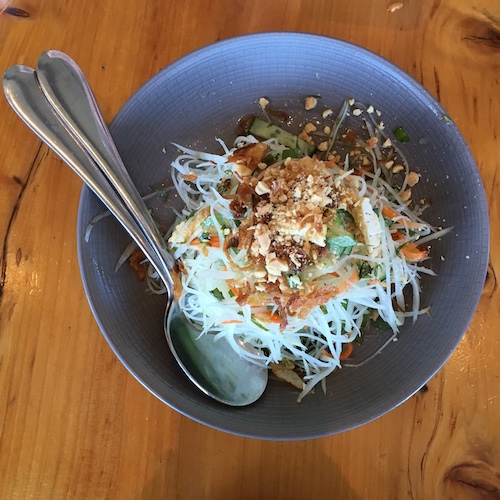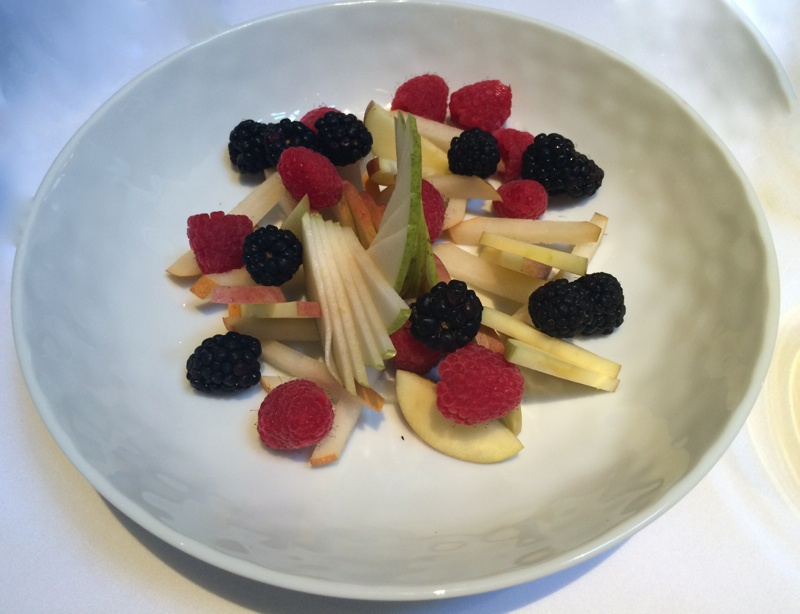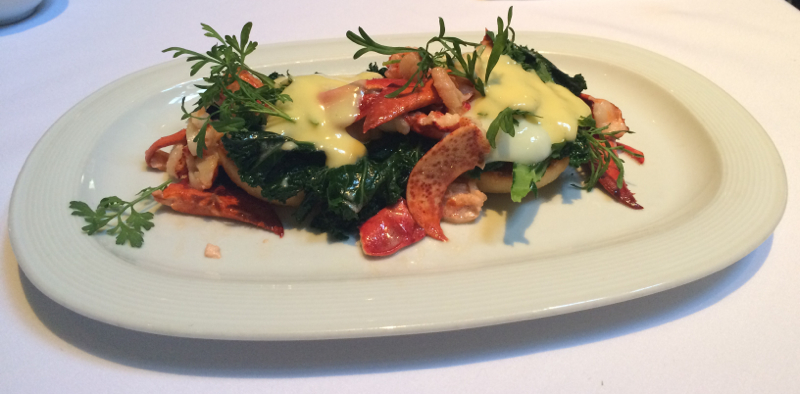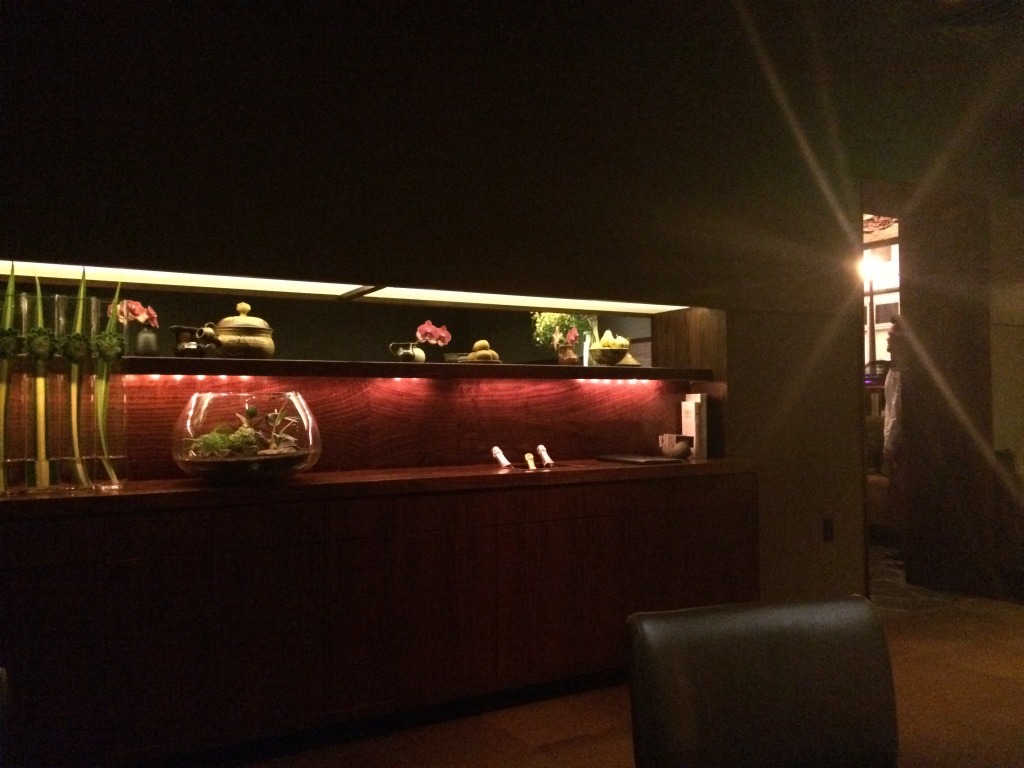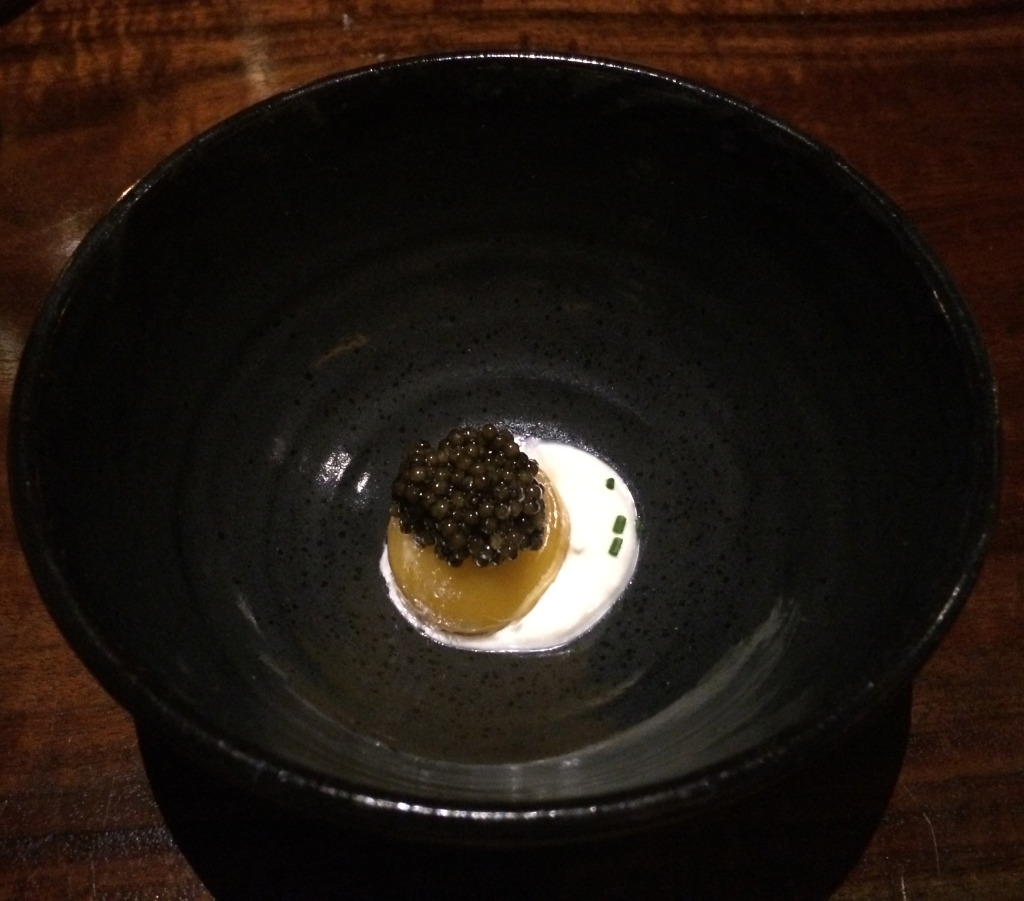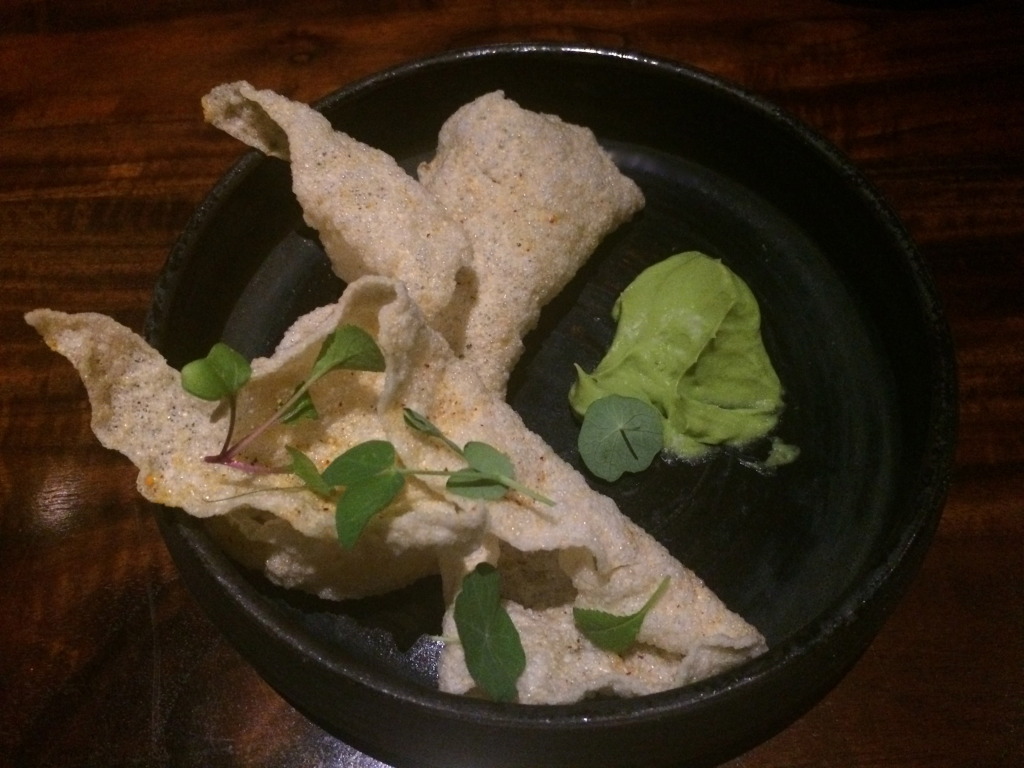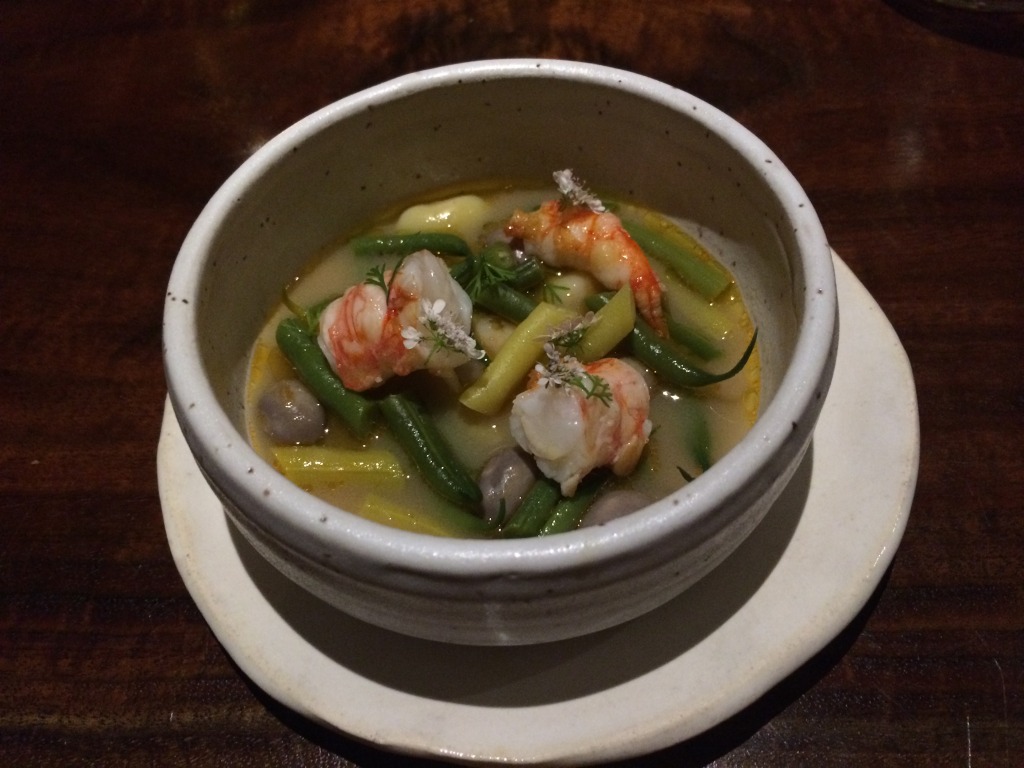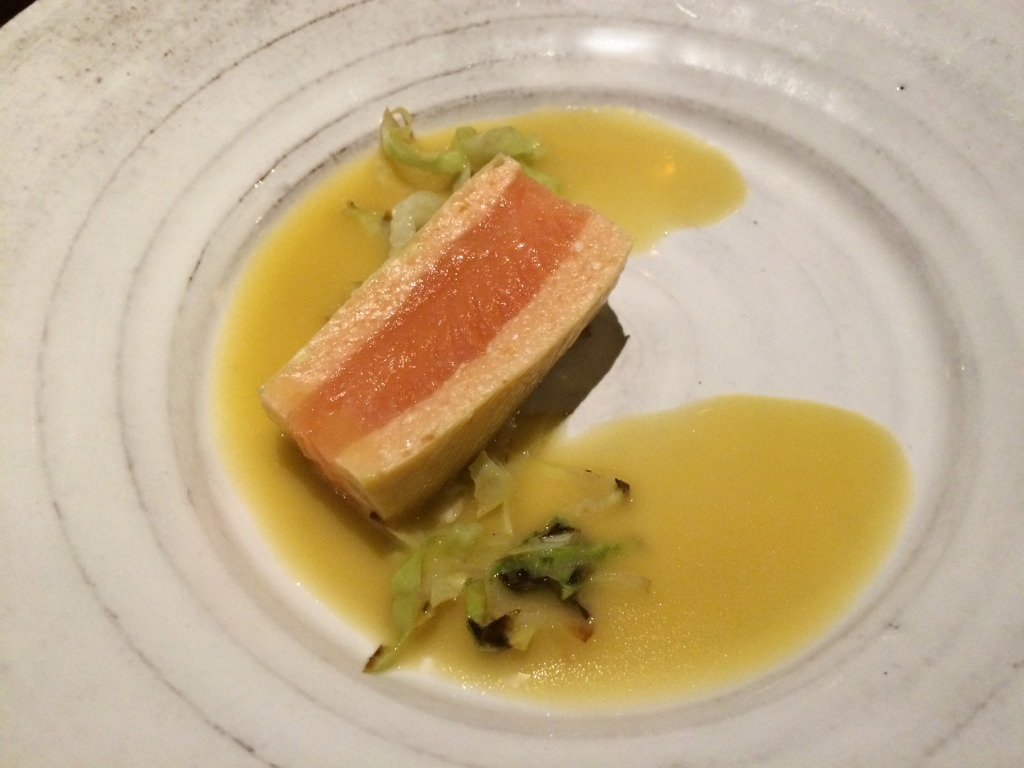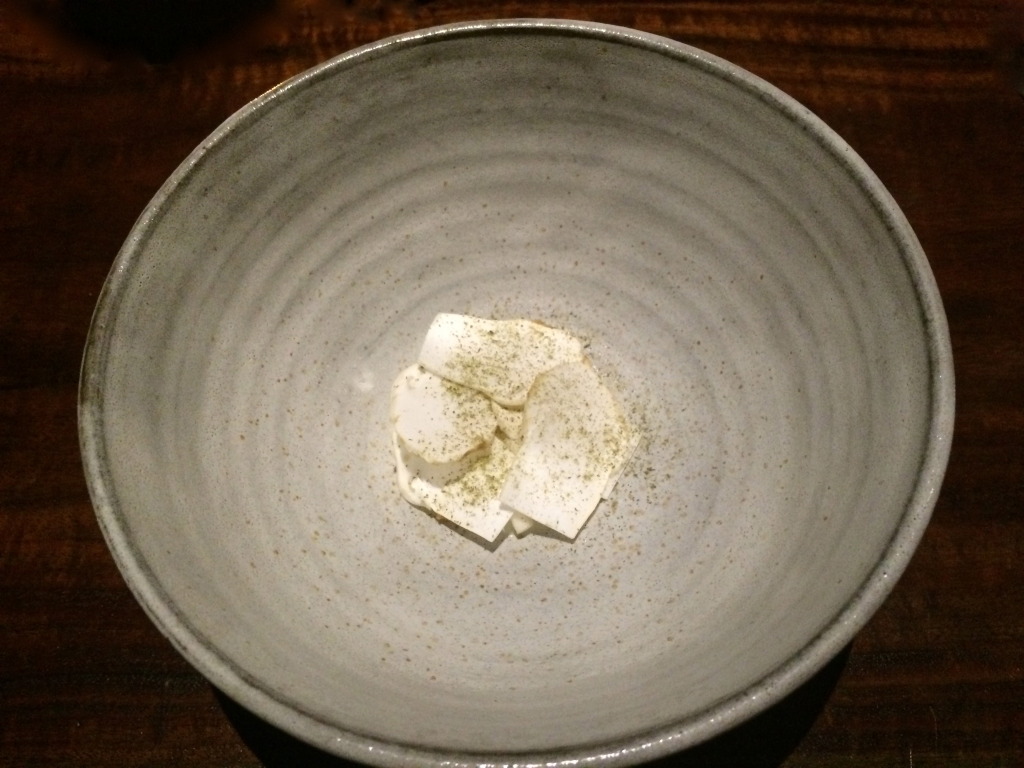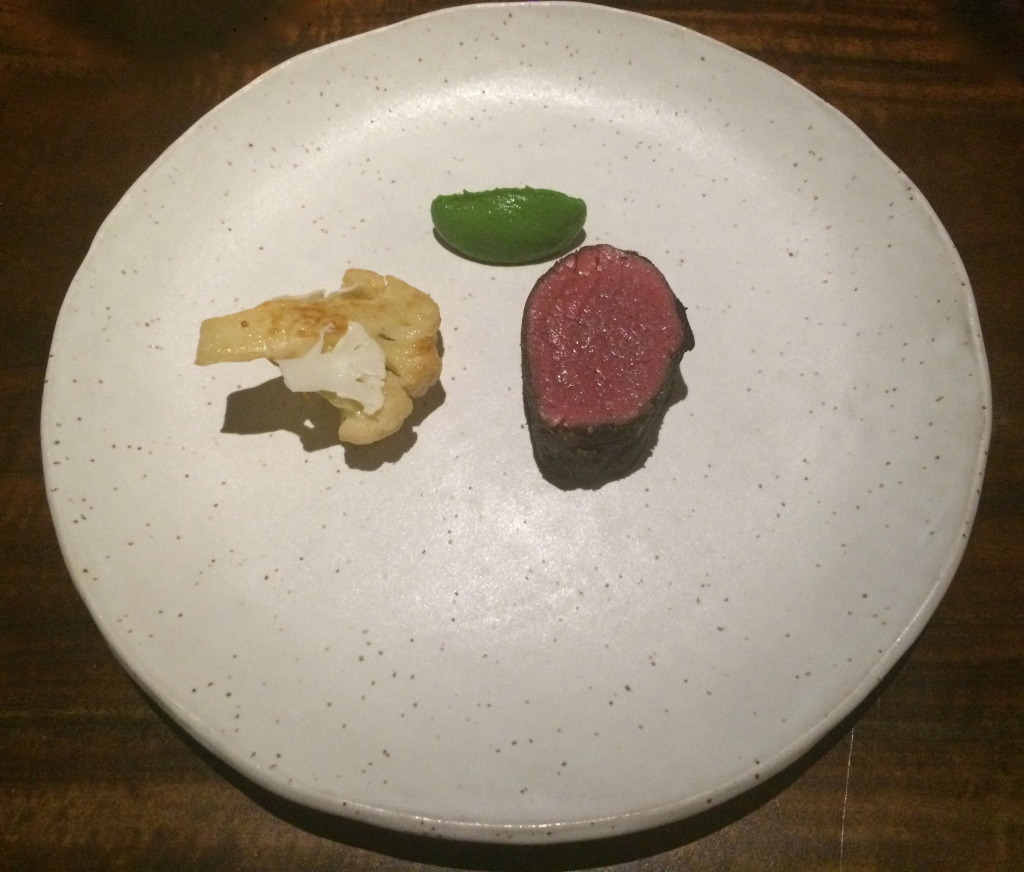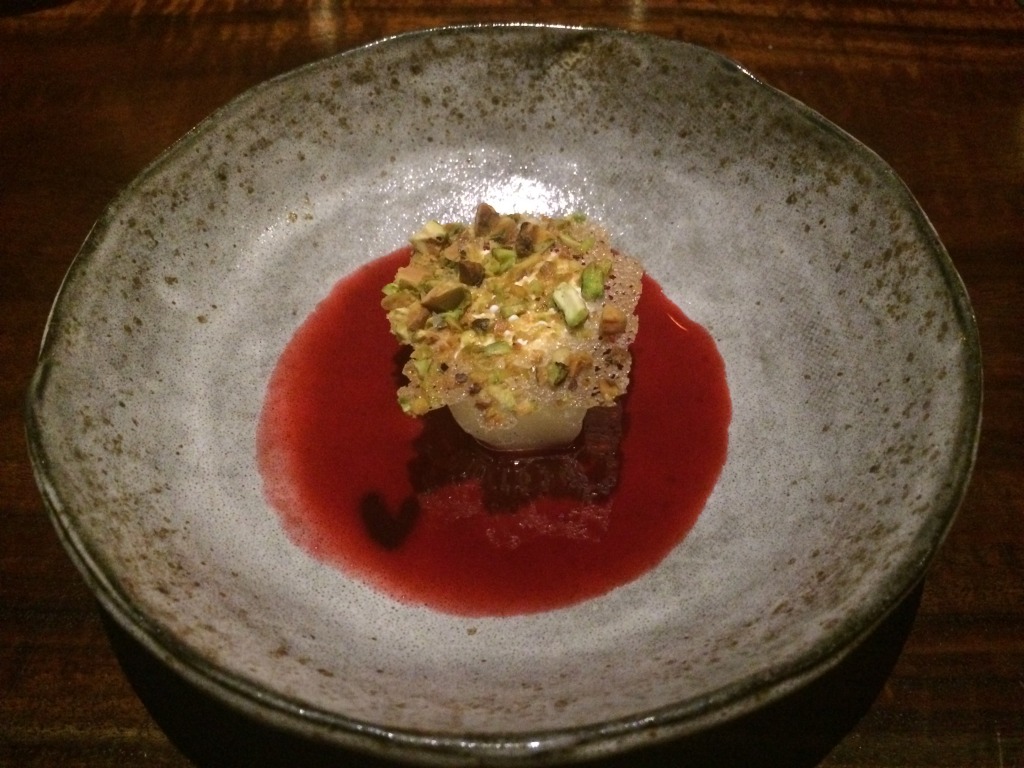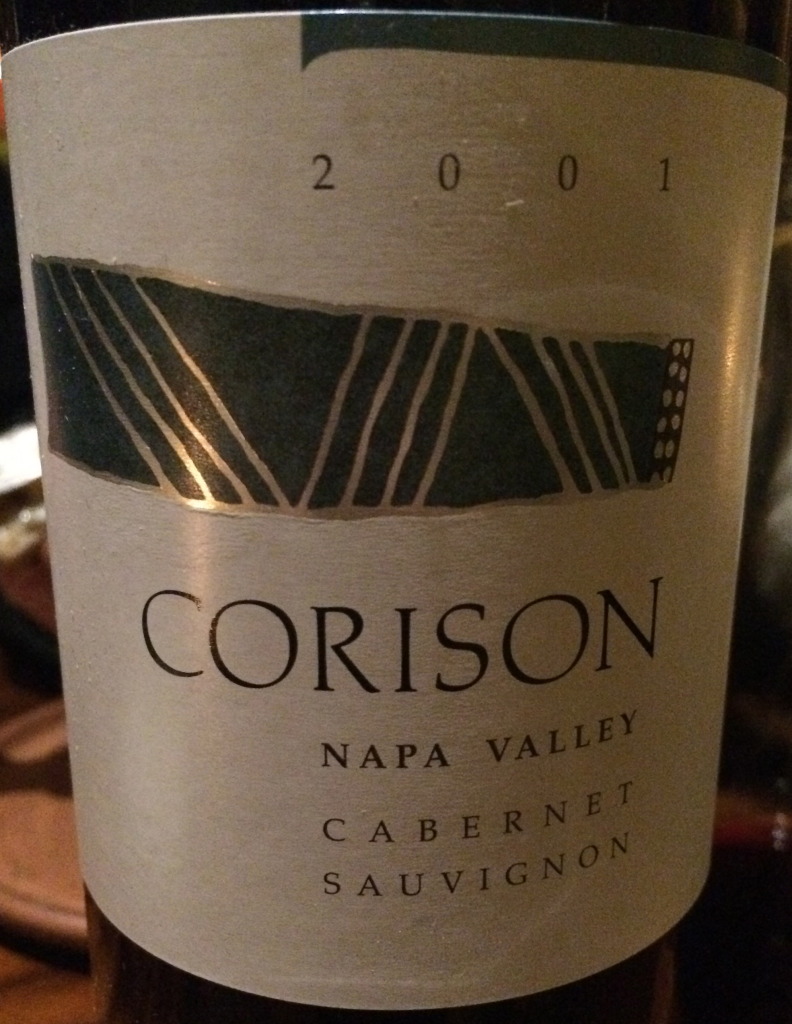Zuni Café: slow food in San Francisco is worth waiting for the best chicken in America
Zuni Café is to San Francisco what Chez Panisse is to Berkeley, an institution where locals gather over sustainably sourced superb food. Like Alice Water, Judy Rodgers was authentic with her extraordinary ingredients sourced mainly from California. After she passed away recently, her co-chef and for decades a regular Gilbert Pilgram took over. His Chez Panisse pedigree upholds the “vision of honest, local, seasonal food” that Judy created. Taking over most of the open kitchen, the brick wood-fired oven highlights the bounty with a gentle roast and country comfort. An ultra thin crust pizza at lunch, hourlong roasted chicken, even the country bread sniffs the char. The butter is frenchie, decadent a la Waters’ Berkeley style, where both chefs polished their farm-to-table rustic style.


Fire cooking, simply delicious
At lunch the wood-fired pizza crust, one of the best in America, is patted with homemade organic tomato sauce, sprinkled with salted dry ricotta cheese and oregano. I like to sit near it the oven in a small dining room past the bar on the street level, it is noisy down there but adoring the works by emerging and well established Bay Area artists on the walls soothes my mind. Curated by HMxAA and Britta Campbell since 2015 the artworks infuse a genuinely cultured spirit into Zuni Café.
The two female chefs, Rogers and Waters, inspired the now widespread authentic food movement in the Bay Area and true to their California socially liberal outlook support equality and immigration. Zuni’s current team boldly informs on your bill that “immigrants make America great”. The two level restaurant, enlivened by the American bass and cello chatter joined nightly by piano music is always packed. Even the leafy stretch of Market street facing bar open to walk-ins hives from brunch till late night.


History like no one else in San Francisco
Zuni Café was founded in 1979 by Billy West next to Red Desert cactus store. The succulent display was swallowed by the growing restaurant and inspired the adobe interior of what was initially a Mexican café. The name came from the Zuni, Pueblo peoples of Arizona and New Mexico. The latin food was later transformed by its most iconic chef/partner Judy Rodgers. Her culinary repertoire included working with the Troisgros clan in France, yet back in San Francisco Rodgers started the signature Europe meets California comforting, simple food. Firing up the new brick oven her team roasts what we think is the best chicken in America. The organic bird is cut into pieces for two ($59). In Europe an entire family would feast, but once you stretch your belly in America you manage as we did while licking our lips with a shameless pleasure. Sourced, not in California, but from Hoffman family farm in Indiana, it is worth the uncompromising 60 minute wait – succulent and flavourful. Like a turkey towering over toasted bread slivers soaking in the chicken fat and jus, garlic and scallions, it is tossed with seasonal greens like mustard greens, pine nuts and raisins. The no waste approach (leftover bread) of Zuni Cafe in this recipe lures in packed house every day and night. With it, order like a local the shoestring potatoes. The wafer thin fries turn you into an automated cruncher.


Local farmers are celebrities at the Zuni Café
While waiting, start with the iconic Zuni Caesar salad, one is enough for two diners, split the sublime Wild Arugula with goat cheese and ripe grilled peach or the shaved pecorino with rucola and smoked almonds. You need to try the pasta too. Always on the menu at Zuni Café are the fluffy pillows of Bellwether Farms ricotta airy gnocchi, not at all starchy but flying on their ripe tomato clouds. Any fall season lands in mushrooms blended with any shapes of hand-cut pasta.

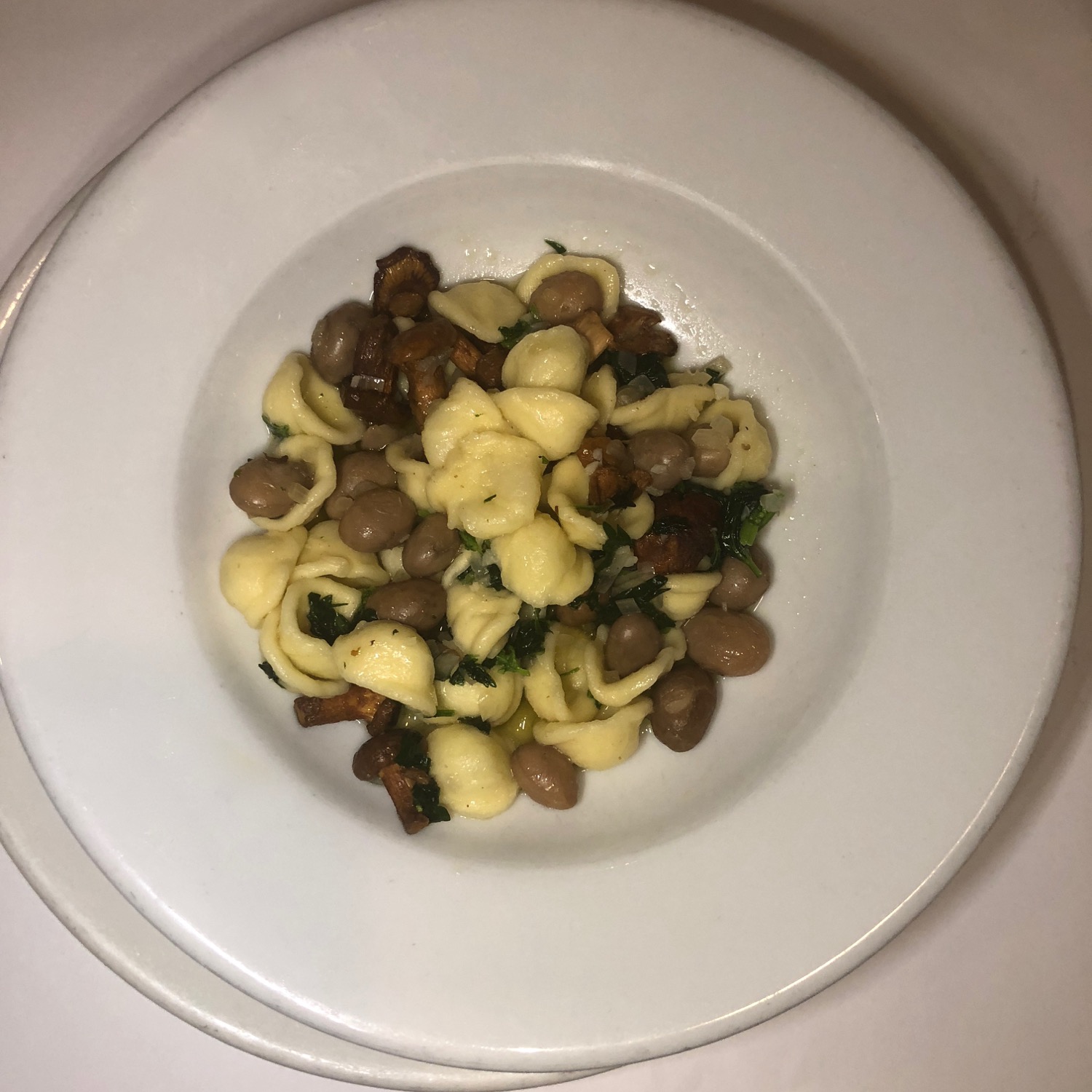
Mexican heritage smokes through the mesquite wood grill flavouring the sea bass, sausages and the house-ground grass-fed hamburger on grilled rosemary focaccia with aioli and pickles. Country-cooking is indulgent. The daily changing menus play with seasonal organic ingredients incorporating traditional French and Italian cuisine. Nearly all of the produce is farmed or harvested in a sustainable manner. The endangered yellowfin tuna should not appear on the menu though!
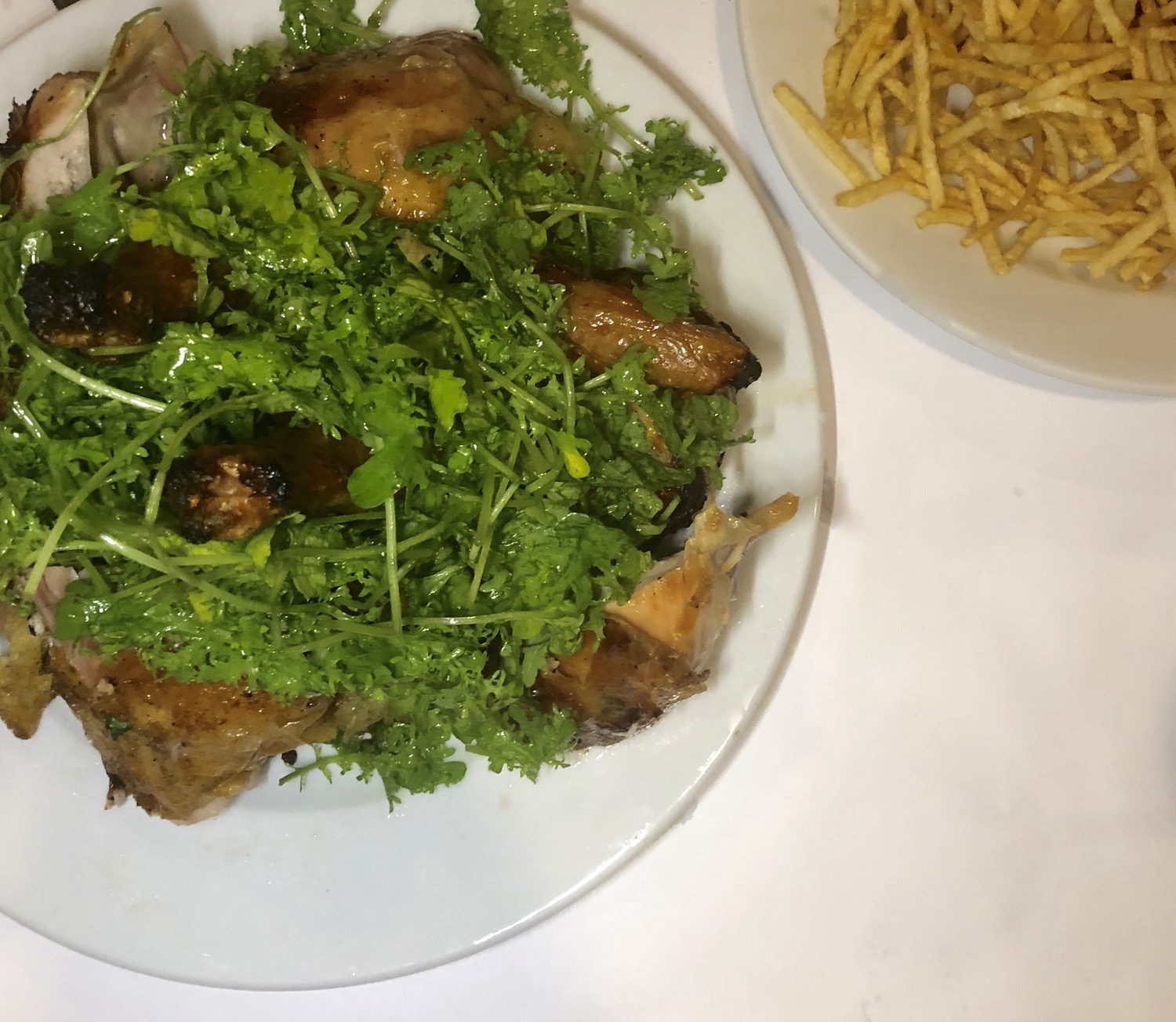
Europe inspired, California grown
If you do not get the large chicken, keep space for the Gâteau Victoire crowned with dense whipped cream, the decadent chocolate cake is rich and moist as I like it. For a lighter treat go for the signature chocolate granita. Each season inspires new sweets with local fruit.
The wine list covers briefly California, France and Italy. By the glass the Zuni clean, oak-free Chardonnay by Sandhi Wines and fruity New World style Pinot Noir, both made down the coast in Santa Barbara, accompany perfectly the starters, pasta and chicken. There is also cider, champagne, sparkling wines and other well curated picks au verre.
A corkage of $30 entices bringing a good bottle from your cellar. We brought an excellent biodynamic Pinot from Sonoma’s Littorai that was hard to match by the California inventory at Zuni. Scotch, gin, mescal, rum, tequila and whiskey fit the bar scene straight up or in cocktails. Gluten-free potato vodka from Pennsylvania caters to the celiacs.


The Zuni Café Cookbook won the James Beard Award, Zuni Café as the Outstanding Restaurant in the country, and finally Judy Rodgers won the James Beard Foundation Award for Outstanding Chef. It is wise to book ahead but all the bar and outdoor tables are available to walk-ins.
1658 Market Street, San Francisco, US
+1 415 552 2522
Lunch Tuesday – Saturday: 11:30 am – 5:30 pm; Sunday: 11:00 am – 4:30 pm
Dinner Tuesday – Thursday: 6:00 pm – 11:00 pm; Friday and Saturday: 6:00 pm – midnight; Sunday: 5:00 pm – 11:00pm
Closed on Mondays






























